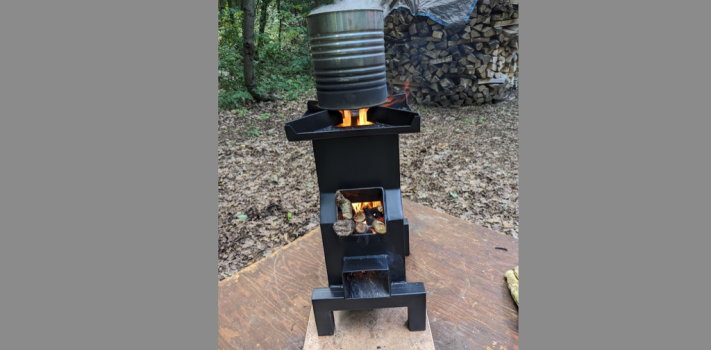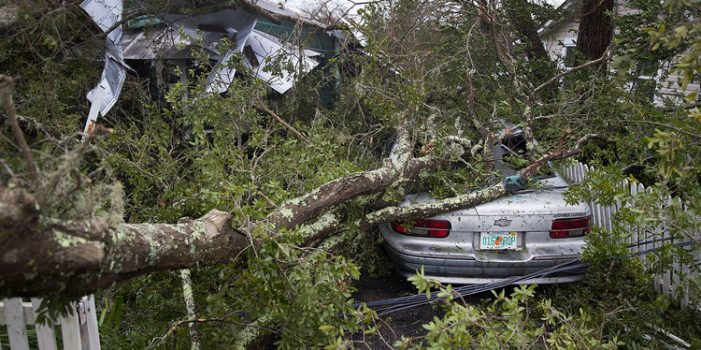Minuteman Titan Rocket Stove, by Thomas Christianson
The Minuteman Titan Rocket Stove has a shell around the body of the stove that is filled with ceramic fiber insulation. This ensures that a large portion of the heat produced by the stove goes up the chimney to cook whatever is on the grate instead of being randomly dissipated in all directions. Once the stove is hot, this feature greatly accelerates its cooking speed in comparison with a similar uninsulated stove. With a weight of 35 pounds, the Titan is best suited for use at a fixed location or in conjunction with wheeled transport. The Titan is fairly expensive. …









